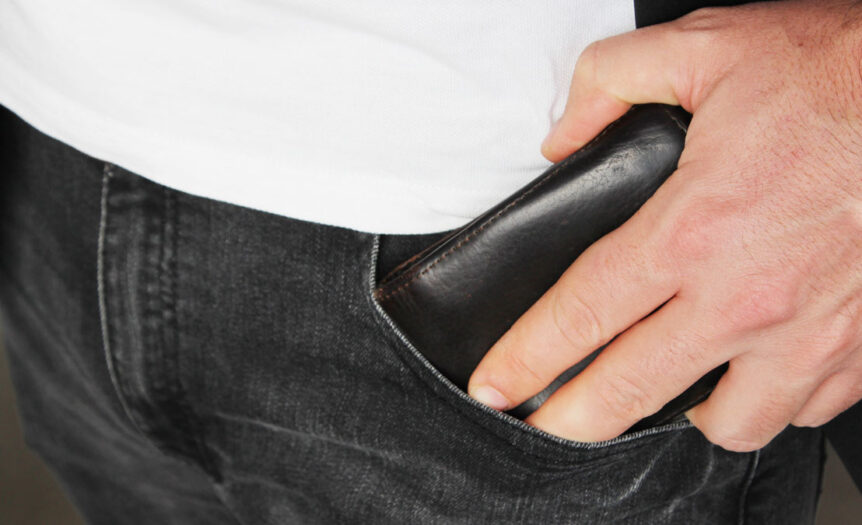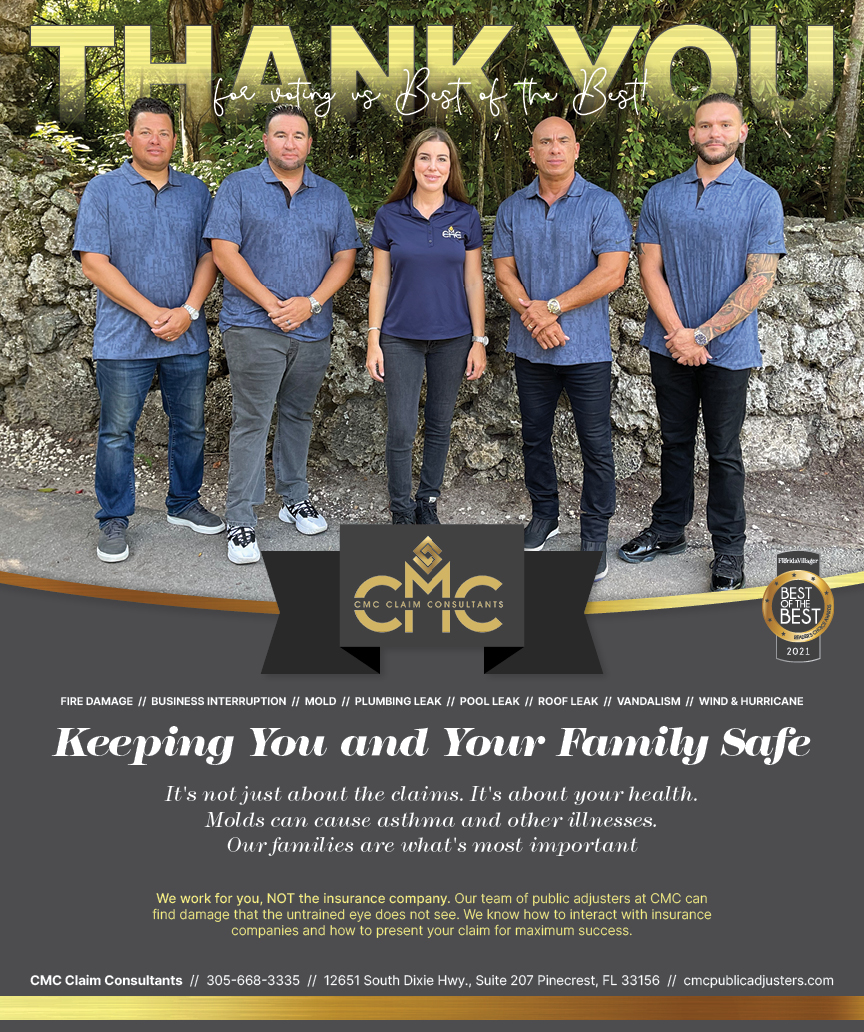Florida’s gun laws have been a topic of discussion for years, especially when it comes to carrying firearms in public. The debate around open carry vs. permitless concealed carry in Florida can be confusing for many. Understanding the distinction between these two terms is crucial for anyone planning to carry a firearm in the state. Let’s break down what each term means, how they differ, and the legal implications tied to both.
What is Open Carry?
Open carry refers to carrying a firearm in plain sight. This means the weapon is visibly holstered or otherwise displayed, making it clear to others that the individual is armed. Many states in the U.S. allow some form of open carry, but Florida has stricter regulations on this practice.
According to Florida gun laws, open carry is largely prohibited. The law makes exceptions for specific situations, such as hunting, fishing, camping, or traveling to and from these activities. Even in these scenarios, the firearm must be legally owned, and the individual must follow all related regulations. For the general public, carrying a firearm openly in everyday settings is not allowed under Florida gun laws.
What is Permitless Concealed Carry?
Permitless concealed carry, sometimes referred to as “constitutional carry,” allows individuals to carry a concealed weapon without requiring a permit. This means that a person can carry a firearm on their person as long as it is hidden from plain sight, such as under clothing or in a bag.
As of July 1, 2023, Florida enacted laws allowing permitless concealed carry. Previously, a permit and training were required to carry a concealed weapon. With the new legislation, law-abiding citizens over the age of 21 who meet the eligibility criteria can carry concealed firearms without needing a special permit. However, certain restrictions still apply, such as background checks during firearm purchases and restrictions on carrying in specific locations like schools and government buildings.
Key Differences Between Open Carry and Permitless Concealed Carry
While both open carry and permitless concealed carry involve the right to bear arms, they differ significantly in practice and legality in Florida. Here’s a closer look at the key distinctions:
- Visibility: The primary difference lies in whether the firearm is visible. Open carry means the weapon is in plain sight, while concealed carry requires the weapon to be hidden from view.
- Legality in Florida: Open carry is generally prohibited in Florida except in limited, specific circumstances, such as recreational activities. Permitless concealed carry, on the other hand, is legal for eligible individuals as long as they comply with state laws.
- Permits: Open carry doesn’t require a permit because it’s not broadly allowed in Florida. Permitless concealed carry no longer requires a permit either, but there are still regulations governing who can carry and where.
- Public Perception: Openly carrying a firearm can draw public attention and concern, whereas concealed carry tends to be more discreet. This difference often plays a role in how individuals choose to exercise their rights.
Responsibilities of Gun Owners
Whether carrying openly or concealed, firearm owners in Florida have significant responsibilities. Understanding and adhering to state laws is critical to avoid legal trouble. Here are a few important considerations:
- Know Where You Can Carry: Even with permitless concealed carry, there are restricted areas where firearms are not allowed, such as courthouses, schools, and airports.
- Handle Firearms Safely: Proper training and education about firearm safety are essential, even if not legally required under the new laws.
- Understand the Consequences: Carrying a firearm in violation of Florida law can lead to fines, jail time, or other penalties.
Why the Debate Matters
The discussion around open carry and permitless concealed carry in Florida touches on broader issues of safety, personal freedom, and public opinion. Supporters of permitless concealed carry argue that it upholds the Second Amendment and allows citizens to protect themselves more easily. Opponents worry about potential risks, such as increased accidental shootings or firearms falling into the wrong hands.
Open carry, meanwhile, remains a controversial topic in Florida. Proponents believe it normalizes firearm ownership and acts as a deterrent to crime. Critics argue that it may create unnecessary panic in public spaces.
Final Thoughts
Understanding the difference between open carry vs. permitless concealed carry in Florida is essential for anyone who owns or plans to carry a firearm in the state. While open carry is largely restricted, permitless concealed carry offers more flexibility for eligible individuals. However, with this flexibility comes the responsibility to stay informed and abide by Florida’s firearm laws.
If you’re considering carrying a firearm in Florida, take the time to educate yourself on the rules and best practices. Your choices can have a significant impact on your safety and the safety of those around you.










 Deering Estate
Deering Estate
 Massage Envy South Miami
Massage Envy South Miami
 Calla Blow Dry
Calla Blow Dry
 My Derma Clinic
My Derma Clinic
 Sushi Maki
Sushi Maki
 Sports Grill
Sports Grill
 The Healthy Kitchen
The Healthy Kitchen
 Golden Rule Seafood
Golden Rule Seafood
 Malanga Cuban Café
Malanga Cuban Café

 Kathleen Ballard
Kathleen Ballard
 Panter, Panter & Sampedro
Panter, Panter & Sampedro
 Vintage Liquors
Vintage Liquors
 The Dog from Ipanema
The Dog from Ipanema
 Rubinstein Family Chiropractic
Rubinstein Family Chiropractic
 Your Pet’s Best
Your Pet’s Best
 Indigo Republic
Indigo Republic




 ATR Luxury Homes
ATR Luxury Homes


 2112 Design Studio
2112 Design Studio
 Hamilton Fox & Company
Hamilton Fox & Company
 Creative Design Services
Creative Design Services
 Best Pest Professionals
Best Pest Professionals
 HD Tree Services
HD Tree Services
 Trinity Air Conditioning Company
Trinity Air Conditioning Company
 Cisca Construction & Development
Cisca Construction & Development
 Mosquito Joe
Mosquito Joe
 Cutler Bay Solar Solutions
Cutler Bay Solar Solutions


 Miami Royal Ballet & Dance
Miami Royal Ballet & Dance
 Christopher Columbus
Christopher Columbus
 Pineview Preschools
Pineview Preschools
 Westminster
Westminster
 Carrollton
Carrollton
 Lil’ Jungle
Lil’ Jungle
 Frost Science Museum
Frost Science Museum
 Palmer Trinity School
Palmer Trinity School
 South Florida Music
South Florida Music
 Pinecrest Orthodontics
Pinecrest Orthodontics
 Dr. Bob Pediatric Dentist
Dr. Bob Pediatric Dentist
 d.pediatrics
d.pediatrics
 South Miami Women’s Health
South Miami Women’s Health

 The Spot Barbershop
The Spot Barbershop
 My Derma Clinic
My Derma Clinic




 Miami Dance Project
Miami Dance Project

 Rubinstein Family Chiropractic
Rubinstein Family Chiropractic
 Indigo Republic
Indigo Republic

 Safes Universe
Safes Universe
 Vintage Liquors
Vintage Liquors
 Evenings Delight
Evenings Delight





 Atchana’s Homegrown Thai
Atchana’s Homegrown Thai
 Baptist Health South Florida
Baptist Health South Florida

 Laser Eye Center of Miami
Laser Eye Center of Miami
 Visiting Angels
Visiting Angels
 OpusCare of South Florida
OpusCare of South Florida

 Your Pet’s Best
Your Pet’s Best





 HD Tree Services
HD Tree Services
 Hamilton Fox & Company
Hamilton Fox & Company


 Creative Design Services
Creative Design Services